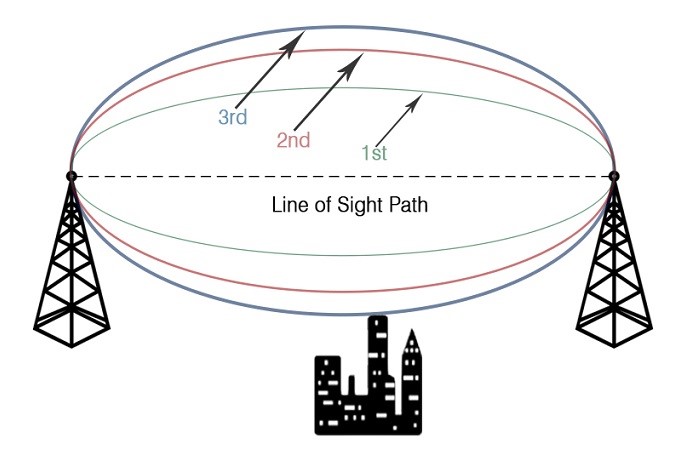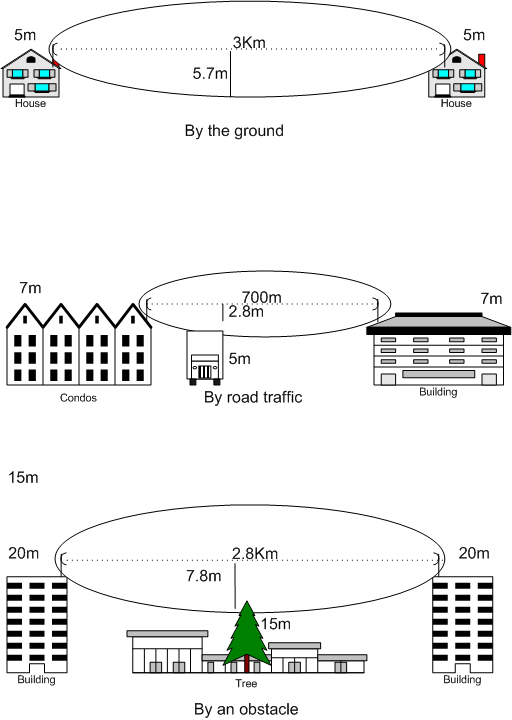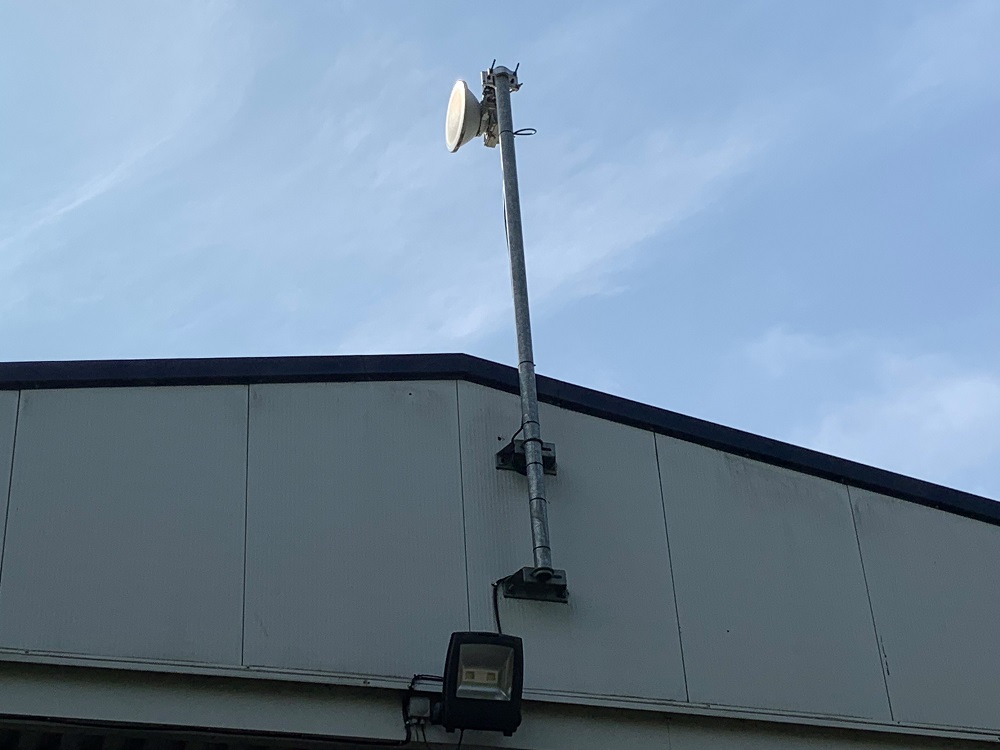Fixed wireless broadband is a brilliant broadband option for businesses and homes in rural areas. However, one of the drawbacks of this type of broadband is the supposed need for a line of sight between the base station and the antenna on your property. I decided to get to the bottom of whether a fixed wireless connection can be created without a clear line of sight and if one can, how severe the impact on the service is.
Does fixed wireless require line of sight? Fixed wireless broadband requires line of sight between the receiver on your property and the base station.
While fixed wireless does require line of sight, sometimes clear line of sight isn’t enough to establish a connection. Keep reading to find out why.
Clear Line of Sight Isn’t Always Enough To Create A Reliable Connection
The vast majority of the time, a clear line of sight is a big enough determiner to say that reliable fixed wireless can be set up for your property. However, a clear line of sight isn’t always enough for a reliable connection to be set up. Why? Because of obstructions in the Fresnel zone.
If there are obstructions in the Fresnel zone, it can severely impact whether or not a provider can set up a fixed wireless connection for you. What is a Fresnel zone and how do obstructions within it cause issues?
What Is A Fresnel Zone?
A Fresnel zone is a 3D elliptical region between the antenna on the base station and the antenna on your building. Fixed wireless uses microwaves, which can follow different paths before reaching a receiver. If there are any obstructions or reflecting objects in the Fresnel zone, microwaves can be out of time and out of phase because of the differing path lengths.

While there might be a clear line of sight in a basic sense between your property and the base station, there may be objects or obstructions in the Fresnel zone that waves might reflect off. If the deflected wave then arrives out of phase, it can cause constructive or destructive interference.
It’s crucial to consider Fresnel zones when setting up fixed wireless connections. Because of the way that microwaves work, any obstructions within the primary Fresnel zone (the zone marked 1st in the image above) can cause a significant signal weakness.
Essentially, even if it looks like there is a clear line of sight between the base station and your property, Fresnel zones must be considered. If waves reflect off objects or are blocked by objects, you could end up with slow, unreliable broadband with intermittent connectivity.
In most cases, a reliable connection is possible if the primary Fresnel zone is 80% clear of obstacles. It is essential that the 1st Fresnel zone is at least 60% clear, however.
Which Objects/Obstructions In The Fresnel Zone Will Cause Problems?
Any objects and obstructions in the Fresnel zone will cause connectivity issues. If the path between the transmitter and receiver is completely unobstructed, microwaves will travel in a relatively straight line. However, any reflective surfaces that interact with a stray wave can cause signals to reach the receiver out-of-phase. Similarly, obstructions can block stray waves from reaching the receiver altogether.

If stray signals don’t encounter any obstacles, they won’t cause issues for your connection. They will simply dissipate. The problems arise when there are reflective surfaces for the signals to ‘bounce’ off.
Here are some examples of objects that can cause stray waves to reflect:
- Bodies of water
- Building roofs
- Sides of buildings
- Vehicles
- Flat ground
- Trees
This is one of the reasons that microwaves can only be reliably transmitted a limited distance. The greater the distance between the transmitter and the receiver, the greater the radius of the Fresnel zones. Over longer distance connections, the curvature of the Earth can become an obstruction and cause interference and signal loss.

How To Overcome Obstacles/Obstructions To Ensure Reliable Fixed Wireless and a Clear Line of Sight
There are several ways that clear line of sight can be achieved while also ensuring no objects interrupt the Fresnel zone. I spoke to several fixed wireless providers to find out how they deal with the issue of ensuring no objects interrupt a Fresnel zone when installing a connection. Here are some of the suggestions that came out of those conversations.
Remove Obstructing Objects
There are many ways that you can avoid issues with objects interrupting the Fresnel zone. Sometimes the easiest and cheapest way to overcome the issue is to remove the objects that are interrupting the Fresnel zone.
Understandably, removing the objects that interrupt the Fresnel zone might be easier said than done as it depends on what’s causing the obstruction. If it’s a building, you obviously cannot remove the building. However, if the object causing interference is something such as a tree, you can potentially remove the tree or trim its branches.
While trimming trees may resolve your problem now, it’s important that you continue to trim the trees in the future to avoid signal interference. I have worked with a business in the past where their fixed wireless connection had gradually worsened to the point where it was continuously dropping and causing them issues. It turned out a tree had grown and now caused interference as it obstructed the primary Fresnel zone. That’s why it’s important to regularly check and ensure the Fresnel zone isn’t interrupted.
Mount To Existing Pole/Mast
If you have an existing pole or mast fitted to or near your building, it may be possible to mount your receiver to this to ensure no obstacles in the Fresnel zone. Providing that the pole is in a position where a cable can be run from the receiver into your property, your provider should be able to use it.

Attaching the receiver directly to the building will suffice on most occasions. However, if the receiver isn’t high enough to guarantee little to no interference, attaching it to a further elevated position can help assure a good connection.
Installing A Small Pole/Mast
Similar to the previous point, a provider can install a small pole onto the roof or the side of your building that the receiver can be fitted onto. This is generally the best way to ensure that there are no obstructions in the Fresnel zone.
Installing a small pole onto your property will usually be factored into your installation costs. It doesn’t typically increase the installation costs a great deal but that does depend on the circumstances, such as the type of pole you need, the size of it, and how long it will take to install.
